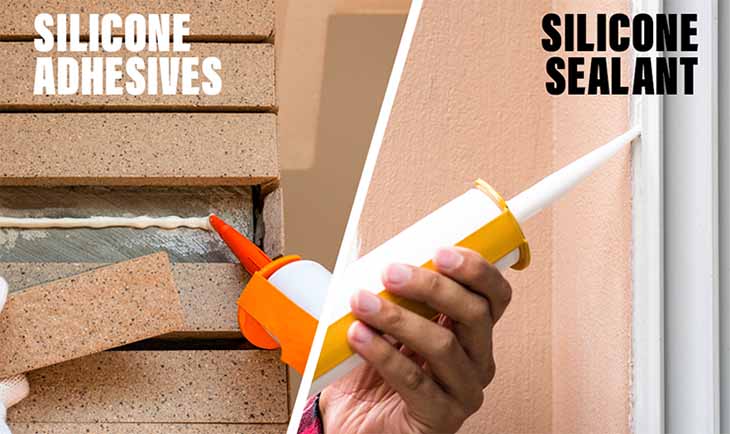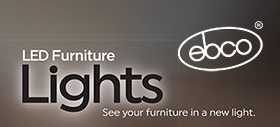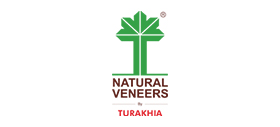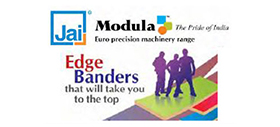Understanding basics of adhesives and sealants

(Courtesy: Tekbond)
Adhesives and sealants are essential tools in various industries and everyday applications, serving different functions and suited to specific tasks. Adhesives are substances used to bond two surfaces together. They come in various forms and are selected based on the materials to be joined and the conditions to which the bond will be exposed.
An epoxy adhesive is a two-part adhesive consisting of a resin and a hardener. It is strong, durable, and resistant to chemicals and high temperatures. It finds wide use in metal bonding, repair of concrete and ceramics, and in aerospace industries.
In woodworking, it not only brings together two workpieces of solid or engineered wood and particle boards, but it has also found widespread use in furniture design, notably tabletops, and accent pieces for interior decoration.
‘Super glue’ or Cyanoacrylate is a fast-drying adhesive that forms a strong bond almost instantly. It bonds well to plastics, metals, wood and rubber; but it tends to be brittle. It is used mainly in small repairs, crafts and quick fixes.
Polyurethane adhesive is a versatile solution that expands as it cures. It is flexible, strong, and resistant to moisture and ultra-violet (UV) light. It finds applications in woodworking, construction and automotive repairs.
Silicone adhesive is a rubber-like adhesive that remains flexible after curing. It is waterproof, temperature-resistant, and flexible. It is mainly applied to sealing gaps, bonding glass, and in automotive and construction applications.
An acrylic adhesive can be either pressure-sensitive or structural. It has good resistance to environmental factors and has a strong bond. If finds applications in automotive trims, signage and industrial applications.
A contact adhesive is applied to both surfaces and allowed to dry before bonding. It makes for a strong immediate bond that is resistant to water. That is why it is widely used in laminate bonding, rubber, and leather.

Gaps-n-cracks
A sealant, on the other hand, is used to fill gaps and cracks to prevent the passage of fluids, air or other substances. It helps protect surfaces and enhances the durability of structures.
A silicone sealant is a flexible, rubber-like sealant. It is excellent for waterproofing and resisting temperature extremes, which is why it is used in doors, windows and bathroom fixtures.
A polyurethane (PU) sealant is a strong, flexible sealant that adheres well to various substrates. It has high durability and resistance to weathering, and finds ready use in construction joints, automotive and flooring.
An acrylic sealant is a paintable sealant that is easy to work with. It is less flexible but is good for indoor use and can be painted over. Interior gaps and joints, and moldings are where it finds applications.
A butyl sealant is a thick, sticky sealant that forms a strong, long-lasting bond. It is excellent for sealing joints and is highly resistant to water. It is mainly used in roofing, automotive and weather-proofing applications.
Hybrid sealants combine properties of different sealant types (e.g., silicone and polyurethane). They are versatile and can offer both flexibility and strength. They have many applications in general construction, automotive and industrial solutions.
When choosing the right product, the following criteria must be kept in mind:
• Surface material: Match the adhesive or sealant to the materials you are working with (e.g., metal, wood, plastic).
• Environmental conditions: Consider factors like moisture, temperature, and UV exposure.
• Bonding strength: Determine whether a strong structural bond or a flexible seal is needed.
• Application method: Consider ease of application and curing time.
Understanding the differences between adhesives and sealants, along with their specific properties and applications, helps ensure you select the right product for your needs, whether for DIY projects, repairs, or industrial applications.
Comments

- European symposium highlights formaldehyde emission limits
- Egger adopts holistic approach to waste management
- ‘For customers, our lab is an open book’
- Taiwan’s Woodworking Machinery Industry Captivates Global Media on Opening Day of LIGNA 2025
- Coming of age of sustainability
- Intelligent packing line, sander from Woodtech
- Ornare introduces 5 new leather decors
- Richfill Edge Coat offers safer plywood finishing
- Jai’s Optimus range stays ahead of the curve
- Merino’s Acrolam sets new benchmarks in elegance
- Pytha 3D-CAD: where precision meets production
- Raucarp edge bands: simple, affordable
- Greenlam scores a 1st: High Quality Product Award
- Häfele turns space solutions provider
- Hettich bets on intelligent motion for evolving interiors
- Praveedh taking desi innovation to the global stage
- Turakhia shows off its Natural Veneers range
- Egger continues to ‘inspire, create, grow’
- Blum turns heads with new drawer, hinge systems
- Murubi gives American ash a meaningful life
- AR system makes ‘augmented carpentry’ possible
- Felder converts interior firm’s vision to reality
- Smart manufacturing with ‘intelligent’ tools
- Rites of passage: Craftsmanship complements tech in Indian door manufacturing
- Understanding basics of adhesives and sealants
- FFSC looks back at a decade of purpose
- Industrial-grade tools for modern manufacturing
- AWM ties up with Yeutong to boost production
- KolkataWood opens 12-14 September
- AI transforming wood panel manufacturing
- Interzum Jakarta promises a bonanza
- Expert partner in product, factory planning
- CBD Guangzhou 2025 grew 47%
- SCM hosts ‘Timber Construction Days’
- Events Calendar: Industry Fairs you must visit
- Bio-designed ‘leather’ from scrap tyres?
- HiTorc chipper redefines wood processing
- Cooking ‘veggies’ for protein-based adhesives
- Hafele’s digital locks go smart
- Italy’s Essepigi has special door lines
- Mirka is a revolution in sanding, finishing
- Ozone expands range of door hardware
- Adhesives: best practices, applications, choices
- Weber sanding tech stands up to Swiss precision
- Silent heroes in homes: Blum fittings
- Biesse powers ahead with smarter, greener manufacturing
- Homag’s LCS program ensures smooth operation
- Paged Furniture reclaims the past, shapes the future



































